
Advertisement

Inside the MLS's strategy to become the 'sport of the new North America' / MLS
The Drum finds out how America's premier soccer league is embracing marketing and technological innovation to compete with titans like the NBA and NFL and win over a new generation of sports fans.
The United States is a young nation that has cultivated a unique stable of sports. Franchises scaled up (in typical Fordian fashion) to become industrial and cultural behemoths. It embraced (American) football, basketball, baseball, hockey and motorsports with enthusiasm. As a result, these past-times became a cornerstone of the nation's identity.
While North America was intent on doing its own thing, the rest of the world fell in love with soccer. A global survey from Nielsen in 2017 estimated that four out of 10 people are soccer fans. As a result, Major League Soccer (MLS), the US and Canada's professional soccer league, is now playing catch-up. This involves building clubs, fanbases, attracting commercial partners and investing in the grassroots future of the game.
Major League Soccer was founded a season before the US hosted the World Cup in 1994 and the nation's enthusiasm for the sport has come a long way since then. A quarter of a century later, the US, Mexico and Canada have succeeded in a joint bid to host the 2026 tournament and the US women’s team has since won three World Cups.
Gary Stevenson, president and managing director of MLS Business Ventures, is tasked with the unenviable job of building an operation that can rival the NFL, NBA and MLB. He knows a thing or two about growing sports franchises globally having previously worked at the NBA and the PGA Tour.
Stevenson told The Drum that the popularity of soccer has tripled in the US in the last decade. 2017’s average MLS game attendance was 22,106 – lower than England's Premier League (35,870) but higher than France's Ligue 1 (21,199). A Gallup report ranked the MLS as the US's second most popular spectator sport, lagging just behind the NFL. Furthermore, Stevenson brought forth encouraging news for the brand: he claims it has the highest millennial audience of any major US sport.
While soccer builds a relationship with younger audiences, American football’s trajectory tells another story. In the same Gallup poll its popularity fell from 43% in 2007 to 37% a decade later. Concussions, the Ray Rice assault scandal and the #TakeAKnee protests were cited in the report. It is still the more popular sport, but now is not the time for the NFL to become complacent.
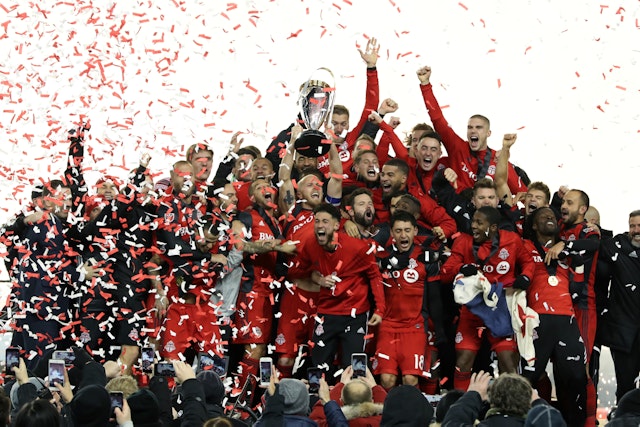
Stevenson offers a few reasons for soccer’s growth.
Firstly, the sport is swelling as a result of immigration from soccer-loving nations, and a few decades supporting youth soccer leagues. This is not an isolated example: France's squad benefited from immigration this summer as the team won the World Cup.
“This is truly the sport of the new North America," Stevenson says. "It is a new, interesting, fast-paced alternative to what exists. Some of the sports that are popular in this country either require expensive equipment, a long time, a lot of people... This sport? You just need a patch of turf, a ball, and four pals.”
It helps that soccer is already the world’s most popular sport; now it’s the Stevenson's job to make sure the rest of the nation catches the bug.
Compared to TV broadcasts of other sports in the US, the MLS is fast-paced and is not as saturated with ads.
“The sport is compelling to watch, it is not interrupted by commercials," Stevenson says. "In the US and Canada, our sports have commercials throughout the entire game. The millennial audience finds the fact that there are two uninterrupted halves in soccer very appealing.”
While European football media looks increasingly towards short-form content, the feeling in the US is that a soccer match is already short enough to suit supposedly attention-poor millennials. Stevenson says it is refreshing that the “viewing experience [of MLS matches] is done in two hours, unlike the four or five hours of other traditional North American sports.”
As the league draws players from more than 70 countries, the MLS also reflects its audience in a way that other homegrown sports may not.
Stevenson says: “Soccer is in the DNA of so many people that come to the country. It is ingrained in the culture, it is a flower that is blooming.
"The diverse composition of our clubs is similar to that of the younger fanbase. We have spent a lot of time here making sure that our fanbase and potential fans feel welcome in our buildings. Inclusivity is a big deal for us. Your race, creed, colour, sexual preference doesn’t matter, you are welcome in our buildings.”
He notes that this has helped attract people who may not even follow any other sports. “They like the experience of being there, being part of the ritual, the traditions, and the songs. It is a fun experience."
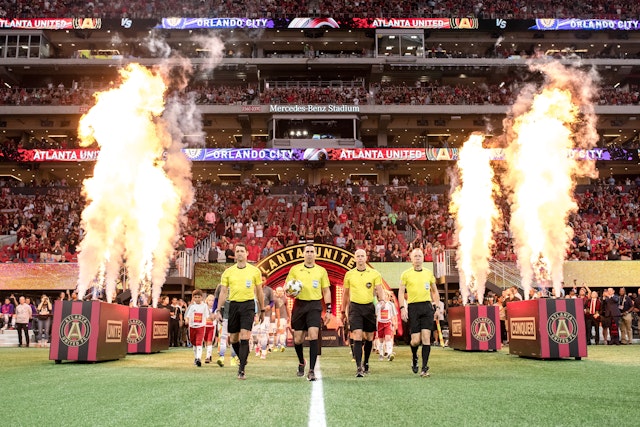
Stevenson links the international growth of the MLS to signings of, and activations around, exciting, high-profile football talent.
Over the years, the league has hosted superstar names (usually near the back-end of their careers) such as David Beckham, Andrea Pirlo and David Villa. Currently, Wayne Rooney and Zlatan Ibrahimovic are drawing attention to the competition with their eye-catching performances for DC United and La Galaxy.
Marquee signings are shown to make an impact on fan attention. Real Madrid's Facebook page lost 1m followers are Cristiano Ronaldo departed for Juventus this summer. The Italian side, on the other hand, saw its Instagram following boom 3.5 million.
Not surprisingly, the arrival of the flash and brash Ibrahimovic in LA has generated a lot of heat around the league. There's more to come if his Visa partnership is anything to go by.
Whether it is Ibrahimovic getting a red card for a slap on another player or netting a hat-trick, his outrageous performances have lived up to his larger than life persona off the field. The same could be said of another former Manchester United player, Rooney, who went viral for making an impact all over the field.
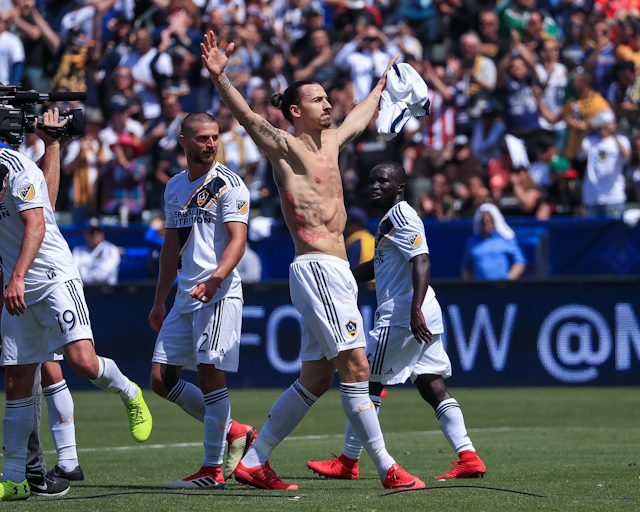
The MLS had to improve its storytelling, and video distribution (especially on social media) has played a key role. Stevenson reveals that in the last five years, the MLS has gone from producing around 2,000 videos a season to 20,000 – and it is always on the lookout for new avenues of distribution.
“Our fanbase requires us to be the most innovative league because of the way they consume media and so we work hard at finding new ways to serve our fans. We have players from more than 70 countries around the world [and] it is important to tell fans where these players are from. Global fans must also have an opportunity to watch live games and highlights. This is why we spend so much time innovating.”
Among its innovations, the MLS this year inked a three-year partnership with Twitter. The social network approached the league with a plan for attracting more viewers and increasing interactivity and fan engagement. Most recently, Twitter set up a camera at the corner flag during a fixture. Users who tweeted the bespoke hashtag were sent pictures live from the game, a personalised effort that brought fans closer to the action.
“Twitter is effective at news and events,” Stevenson says. But Twitter also carries live broadcasts. Univision gets the Spanish language stream (big business in North America and further south) and Twitter gets the English language stream. The figures on these streams have been “quite encouraging” according to Stevenson. We'll have to take his word on it, though, as those figures are not made public.
“We find that it also helps build the fanbase, it is an additive opposed to a subtractive.”
The MLS is very open in its pitch to brands. Its view is that anyone coming on board is helping to build the game, in exchange for access to a passionate, young, diverse and engaged audience. Adidas, Heineken, Audi, AT&T, Coca-Cola, Continental, EA Sports, Tag Heuer, Kellogg’s, Target and Etihad Airways are among the current partners. Furthermore, the value of these partnerships appears to be rising: in 2017, Adidas extended its partnership to 2024 for a reported league record of $700m.
What these brands do is open up a marketing budget much larger than anything the league could muster itself, admits Stevenson.
“If we are good at solving the brands' problems, then they will spend more money. That way we can tap into our partners’ marketing dollars and they can make our sport, league and players come alive. We can never have that amount of marketing dollars to do something similar. We're reliant on them to build the sport.”
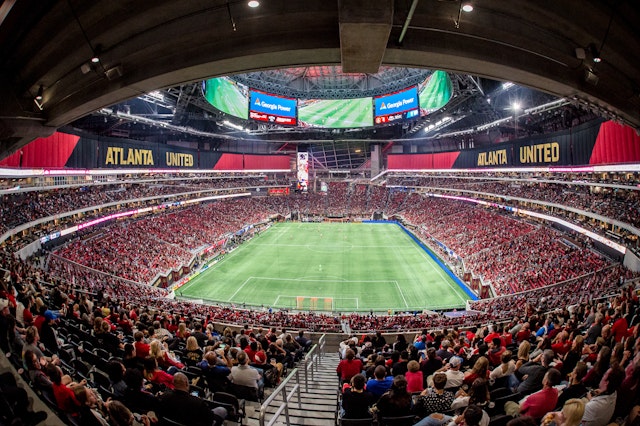
On how the brands and league work together, Stevenson points to big event days created to generate buzz around both the sport and partners.
The MLS boasts its All-Star fixtures, the #MLSisBack celebration and Decision Day, analogous to Europe's transfer deadline day. Additionally, there is the cleverly branded Heineken Rivalry Week which sees all regional rivalries scheduled and played out at the same time. These derbies are manufactured to create buzz around brand partner Heineken and it takes little effort to arrange these clashes in the fixture list.
“We invest money in that, Heineken then supports it and amplifies it by making it loud in the media, they sell beer and we are more visible," Stevenson says. "It truly is a partnership and the best testament of that is whether they renew with us or not.”
What if there is no local rivalry? It is not unprecedented for the MLS to engineer them. In 2017, LA Galaxy found itself no longer alone in the city of angels. New team LAFC had come to town, and in a single year, Stevenson claims, their clash became one of the hottest tickets in town. This is despite LA being “a very difficult city” to get traction in.
The MLS is plotting further expansions in Cincinnati, Nashville and Miami in the coming years to plug geographical gaps. This also helps draw more talent into soccer and build a men’s team capable of being successful at a World Cup like their female compatriots.
Stevenson expresses pride in the MLS’s progression. He admits it operates with both “swagger and humility, but still has a long way to go”.
He was reluctant to outline what European leagues and football associations could learn from the MLS and did express an admiration for the Premier League in particular.
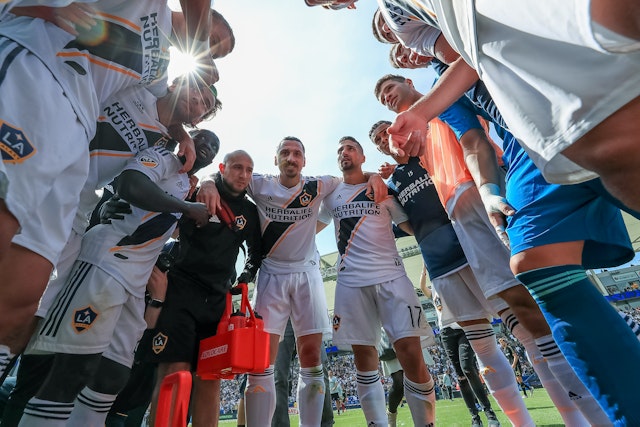
“We only hope one day that our league will be recognisable as theirs. They had a headstart, the relationship that its clubs have with the community is enviable. Premiership clubs have been around for a couple of hundred years and ours have only been around for 23 years, so we have to catch up faster.
“If I had to highlight what we do well, we approach innovation, technology and relationship-building in a unique way.”
He pointed at some of these innovations; it was one of the first leagues to test VAR, it mic'd up goalkeepers and interviewed them during games, it granted access to players before and after the games, it mounted cameras on refs and corner flags and is intent on creating digital experiences to impress fans. He also outlines how fans attending matches could buy and leave with a replica of their favourite player’s jersey after a goal is scored, just with a couple of button presses on mobile.
Stevenson concludes: “It is a very American thing to do but this idea of giving fans an inside look at is what is going on, we like that a lot.”